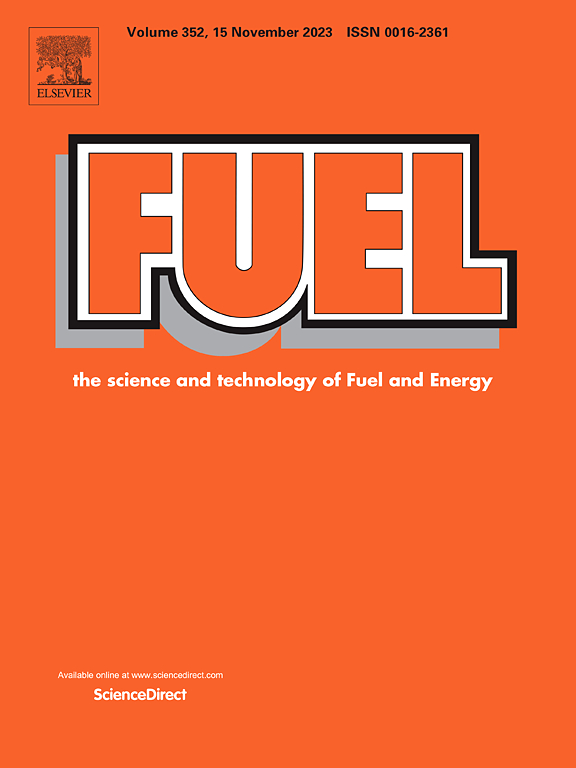Predicting wax formation in High-Pressure conditions for condensate samples using Machine learning
IF 6.7
1区 工程技术
Q2 ENERGY & FUELS
引用次数: 0
Abstract
Accurate prediction of Wax Appearance Temperature (WAT) is essential for designing effective production and transportation strategies to prevent costly disruptions, enabling operators to proactively manage paraffin deposition, reduce maintenance costs, and enhance operational efficiency. This study develops a model for accurately predicting WAT under high-pressure conditions in mixtures with variable compositions, which also exhibit paraffin contents ranging from 11.245 wt% to 21.625 wt%. It is based on the evaluation of the different condensate samples under varying pressure conditions (from 0.586075 to 82.74 MPa) in a PVT cell, where the paraffin precipitation behavior was analyzed. A comprehensive characterization of the samples was carried out using chromatography to determine their hydrocarbon composition, and the UOP 46–85 standard was applied to assess paraffin content. This characterization, along with the data obtained from the experimental methodology proposed in this work, enabled the creation of a representative dataset for training a Deep Multi-Layer Perceptron (DMLP) neural network model to predict the WAT in high-pressure conditions for condensate samples with varying paraffin content. Validation results show a strong correlation between the neural network predictions and experimental measurements, with R2 values of 0.998, demonstrating the model’s robustness and accuracy under varying composition and pressure conditions. This methodological approach provides a sophisticated and reliable tool for predicting WAT, offering significant potential for addressing paraffin-related issues in the oil and gas industry.
求助全文
约1分钟内获得全文
求助全文
来源期刊

Fuel
工程技术-工程:化工
CiteScore
12.80
自引率
20.30%
发文量
3506
审稿时长
64 days
期刊介绍:
The exploration of energy sources remains a critical matter of study. For the past nine decades, fuel has consistently held the forefront in primary research efforts within the field of energy science. This area of investigation encompasses a wide range of subjects, with a particular emphasis on emerging concerns like environmental factors and pollution.
 求助内容:
求助内容: 应助结果提醒方式:
应助结果提醒方式:


